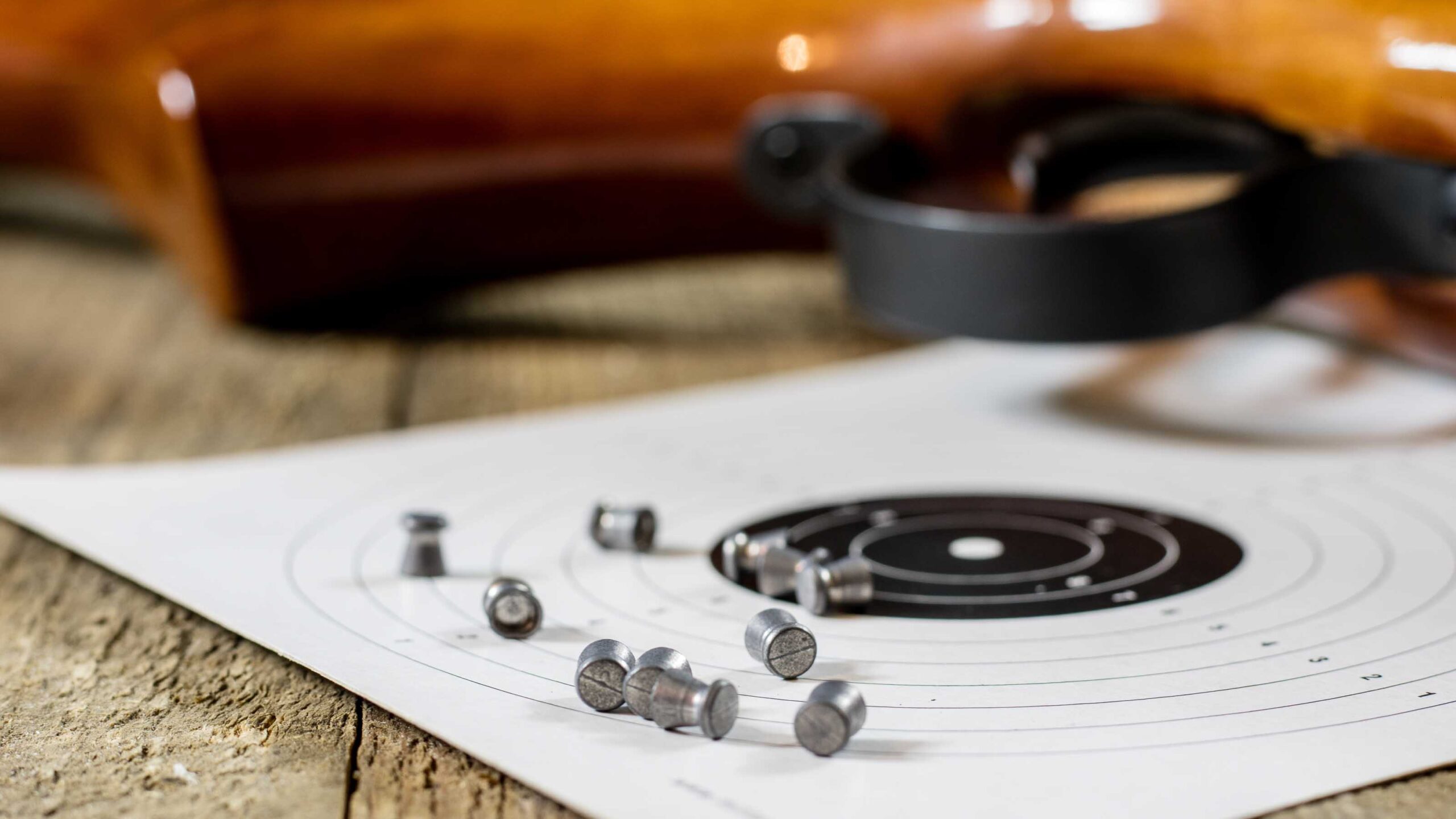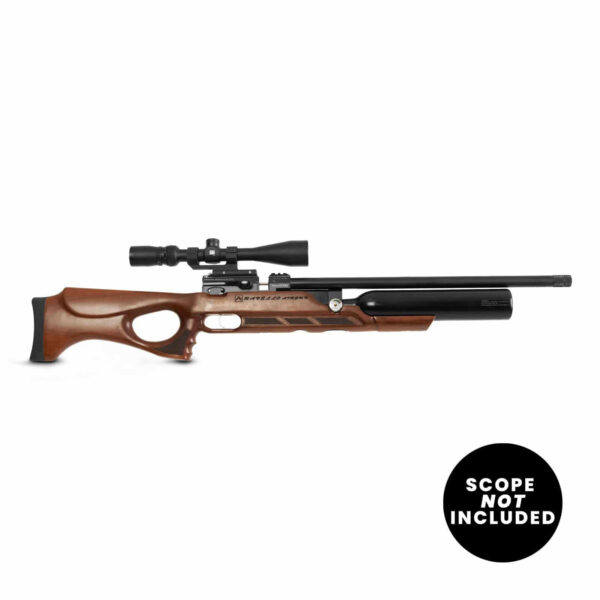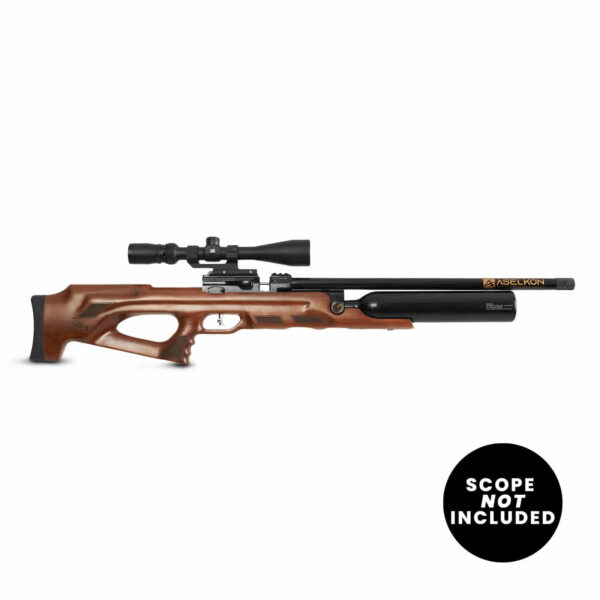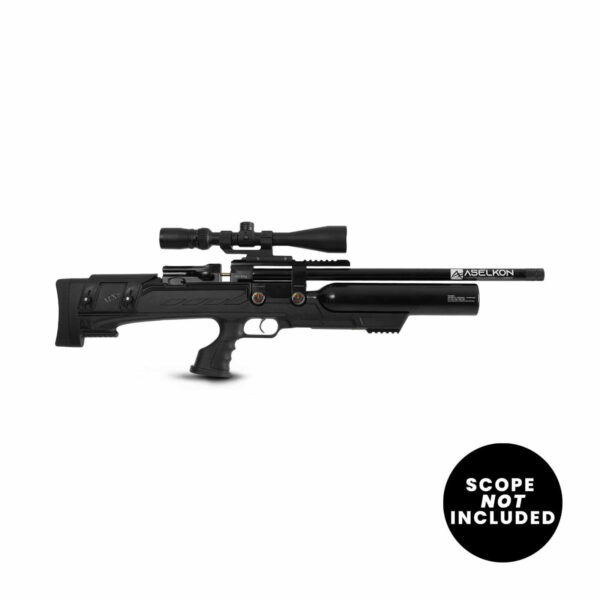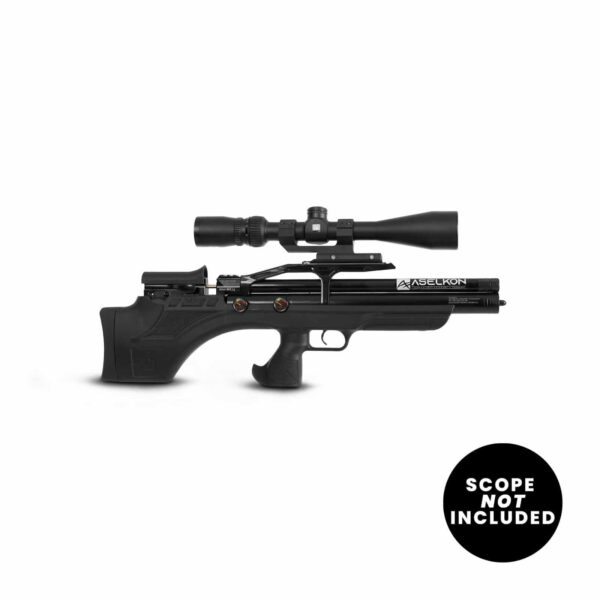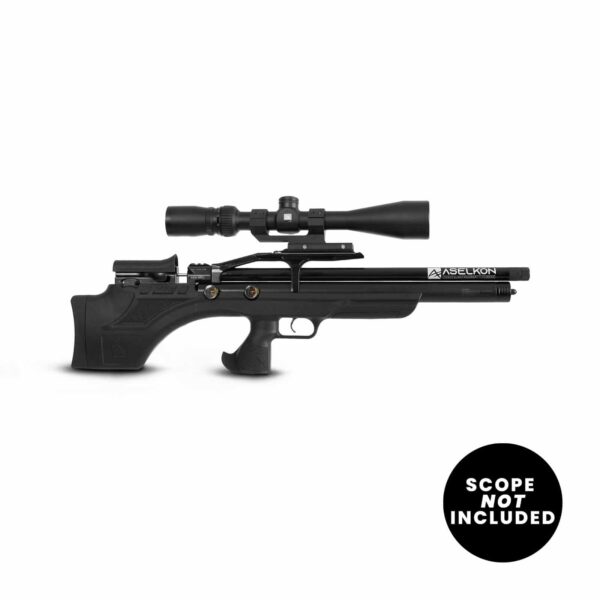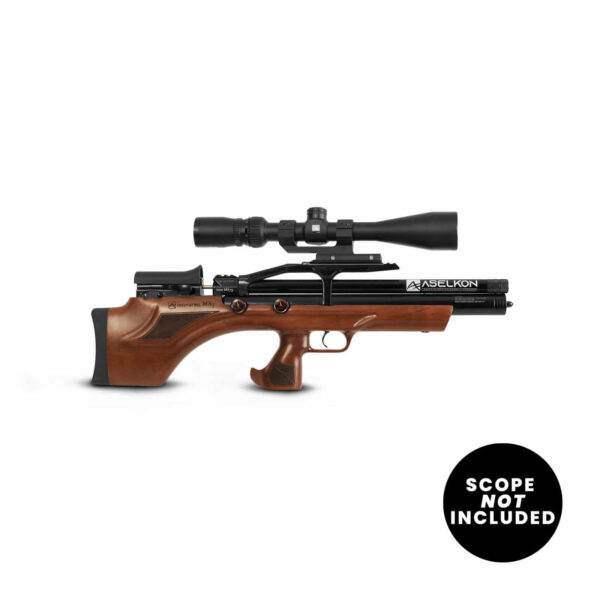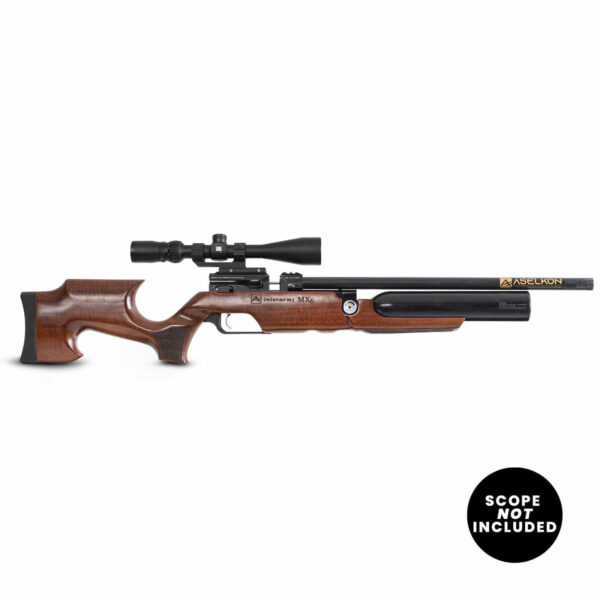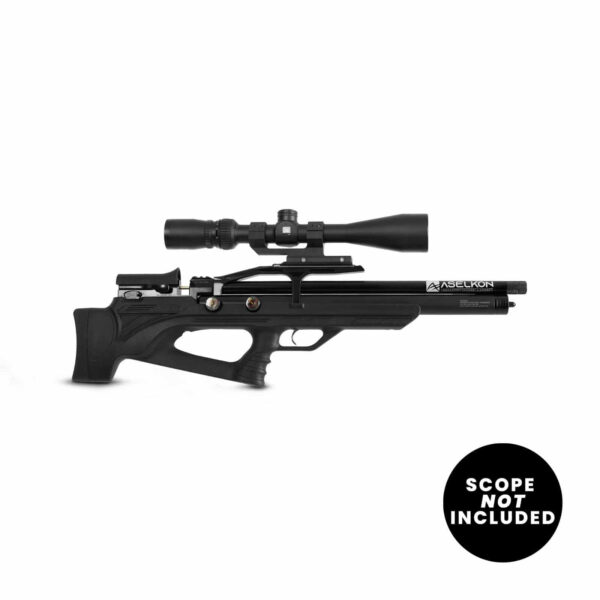Creating a backyard airgun range has become one of the most popular ways for shooters to practice at home. With air rifles and pistols often falling under different regulations than firearms, many enthusiasts are realizing they can sharpen their skills without needing to drive to a shooting range. But before setting one up, it’s important to understand the legal and safety requirements. If you’re wondering how to build a safe and legal backyard airgun range, this guide will walk you through the essentials—from local laws to range setup tips.
What Laws Do You Need to Check First?
The very first step is knowing whether backyard shooting is allowed where you live. Laws around air rifles vary widely depending on your state, county, or even city. Some areas treat airguns like firearms, while others only restrict shooting in certain zones, like within city limits.
Check these points before building your backyard airgun range setup:
- Local Ordinances: Look for city and county codes on air rifles.
- Property Rules:If you live in a neighborhood with a homeowners’ association, they may have their own restrictions.
- Noise and Nuisance Laws: Even if airgun shooting is legal, neighbors could report it if it creates excessive noise or property risk.
A quick call to your local police department or zoning office can clarify the rules. Searching “home air rifle range laws” plus your city or county can also bring up helpful results.
How Much Space and Safety Zone Do You Need?
Once you’ve confirmed it’s legal, the next question is whether you have enough room. A safe backyard range doesn’t require acres of land, but it does require planning.
- Backstop Clearance: Always ensure there’s a solid, reliable backstop behind your targets. This could be a garage wall, a dirt berm, or a DIY pellet trap.
- Safe Distance: For plinking or target practice, most shooters set up between 10 and 25 yards. Just make sure you aren’t aiming toward roads, houses, or outdoor spaces where others might walk.
- Controlled Shooting Lane: Define a clear area where no one can enter while shooting. Cones, rope, or natural landscaping can create safe boundaries.
Remember: safe design reduces risks and helps keep backyard plinking legal and neighbor-friendly.
What Works Best for DIY Backstops and Berms?
Backstops are the most important part of any home airgun range. They stop pelletssafely and prevent property damage. A few reliable options include:
- Sand-filled Boxes: Inexpensive and highly effective at absorbing pellets.
- Rubber Mulch Traps: Quieter than sand and easy to refresh.
- Stacked Wood or Plywood Layers: Durable for repeated shooting, but should be checked regularly for wear.
Avoid using metal, as pellets can ricochet. Always inspect your backstop to ensure it’s still secure.
How Should You Lay Out Targets and Shooting Stations?
A smart layout keeps practice fun and safe. Consider setting up multiple target heights to practice both pistol and rifle shooting. Paper bullseyes, reactive spinners, or steel targets designed for airguns can add variety.
Keep your shooting station shaded and organized, with a safe table or stand for your rifles. A straight, level shooting lane ensures consistent accuracy practice.
Which Airguns Work Best for Backyard Ranges?
For backyard training, pre-charged pneumatic (PCP) air rifles are an excellent choice. They offer precision, low recoil, and quieter operation compared to spring-powered options. Air pistols also provide a realistic way to train accuracy in smaller spaces.
At AirFire Tactical, we recommend rifles like the MX7 MAX 5 Camo Air Rifleor the Ravello RX6 Wood Stock Riflefor backyard plinking. Both deliver accuracy, durability, and the craftsmanship needed for safe, long-term use.
Build Your Range, Train with Confidence
Building a safe and legal backyard airgun range takes planning, but the payoff is worth it. You’ll have a personal space to sharpen your shooting skills, practice safely, and enjoy the sport year-round.
At AirFire Tactical, we carry high-quality PCP rifles and accessories perfect for at-home shooting setups. Whether you’re looking for your first precision air rifle or upgrading your current gear, our collection is built for enthusiasts who want the best.
Explore our selectionof durable, accurate airguns today at AirFire Tactical—and make your backyard range the safest, most fun spot to train.
Frequently Asked Questions
Can I build a backyard airgun range in city limits?
It depends on local laws. Many cities restrict backyard shooting, so always check with your local police department.
How do I keep neighbors from complaining about noise?
Use quieter PCP air rifles and set up berms or barriers that reduce sound.
What’s the safest backstop material for airguns?
Sand and rubber mulch are among the safest and most affordable options.
Do I need insurance for a backyard range?
It’s not required, but homeowners’ liability insurance may cover accidents. Check with your provider.
